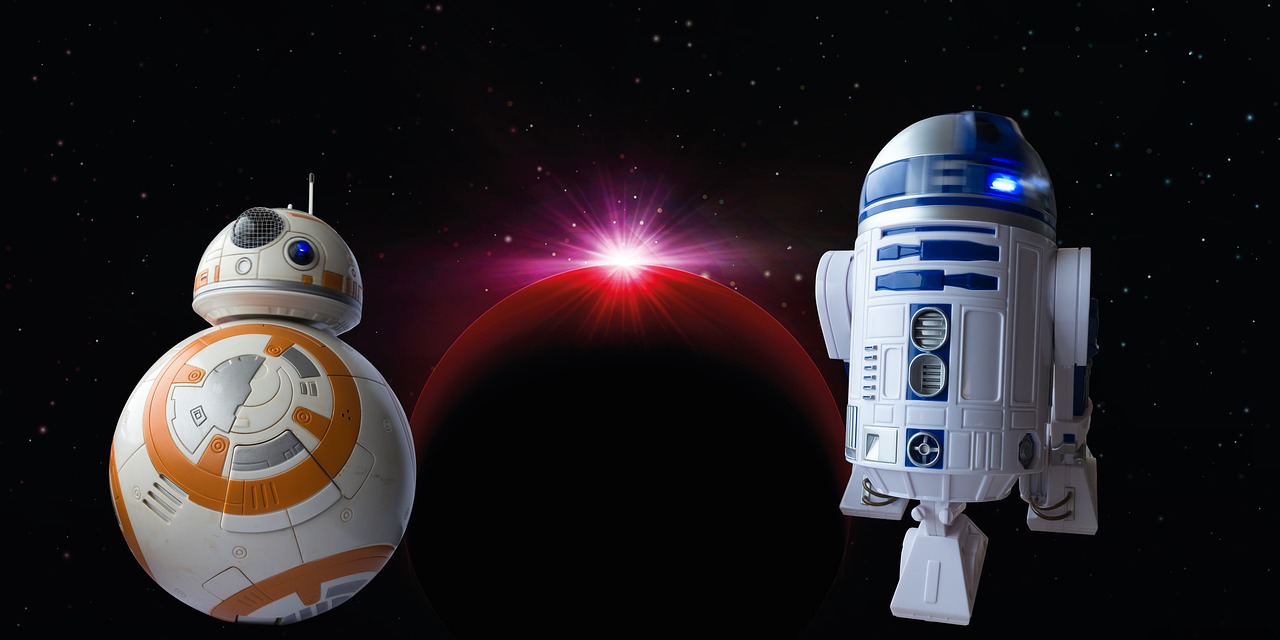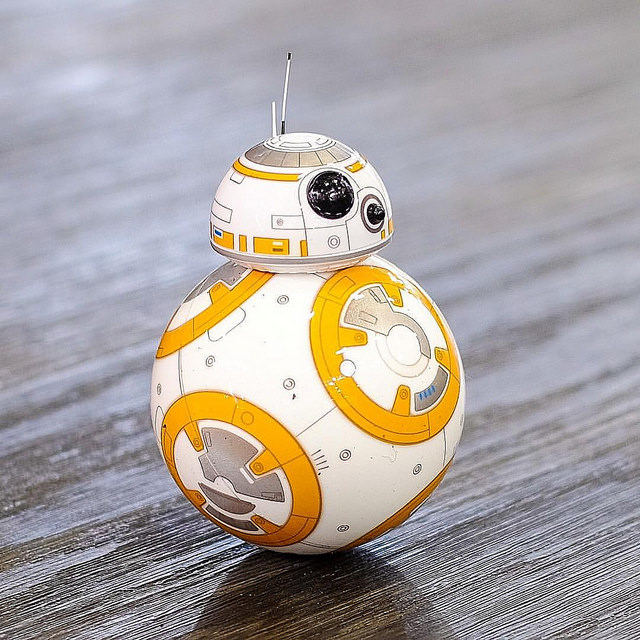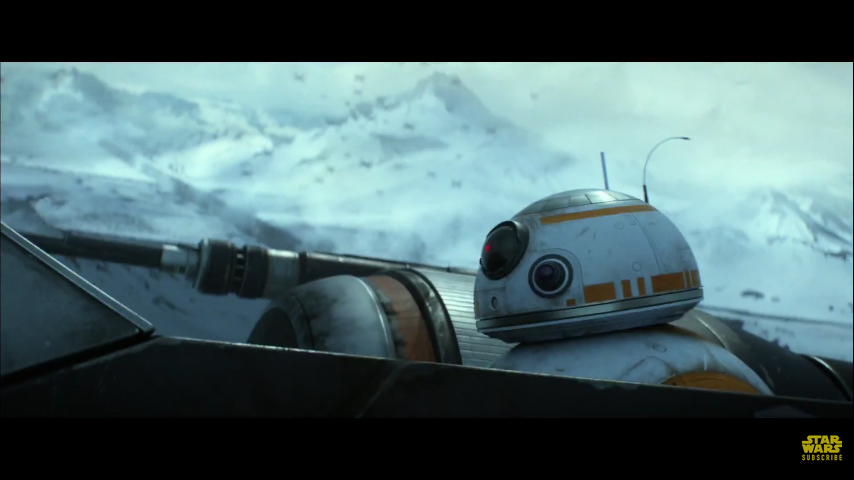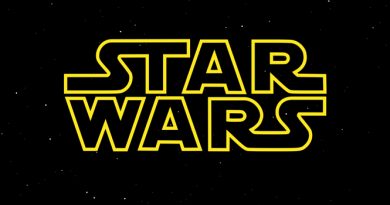Inside BB-8: A look Under the Hood of TFA’s Robot Hero

Last weekend saw thousands of Star Wars fans gather at Celebration Europe 2016, a travelling fan-fair of everything to do with the beloved franchise. There were lots of cosplayers, bot builders, tons of merchandise and fan art. But one of the most exciting moments in the whole weekend for one group of fans came in a panel called “Droids of The Force Awakens“, in which some of the secrets of the BB-8 droid were revealed.
BB-8 has been the subject of considerable speculation since its very first appearance in the teaser trailers. Most folks assumed that it was CG, as how could a robot even move like that, with its head staying on and upright? That assumption got dashed to pieces at the 2015 Celebration when BB-8 itself rolled out onto a live stage in front of a crowd that rose to its feet in astonishment. BB-8 was real.
The BB-8 Builder’s Club went to work immediately afterward.

At first, the prevailing notion was a “hamster ball” — that is, an omni-directional robot driving around inside the body. The release of the Sphero toy version lent weight to this idea, but experimentation by builders soon showed the robot would wobble far too much, whereas the stage model (known as the “red carpet” BB-8 since it was built with live appearances in mind) moved very smoothly indeed.
The “bot builders” — mostly (including yours truly) veteran R2 builders — fell to, analyzing every frame of the footage, both live onstage and in the trailers being leaked out at the time. It quickly became apparent that A) there were multiple BB-8s in use, B) they were all traveling on a fixed axis, but C) had been cleverly constructed to hide that fact as much as possible. Exactly how it worked, however, remained a mystery.
At the panel on Saturday, the engineers behind the robot confirmed what the builder community had increasingly come to suspect: the drive is suspended on a horizontal axis going through the body. A framework on top with a magnet mount on a spindle provides pitch, roll, and yaw controls for the head. A similar pitch/roll/yaw system attaches to the bottom framework, allowing the body to shift its weight and turn, lean from side to side, or roll around. The weight of the bottom framework (which contains the batteries and electronics) provides stability to the overall system.
It has been known for some time that the “red carpet” version does not actually appear in the movie; it was completed after the shooting was done. Therefore, getting BB-8 to come to life onscreen required a variety of different approaches:
- Puppet versions, with an axis going through and a handle behind to be “driven” by a puppeteer (you may have seen behind-the-scenes footage of a man in green running along, pushing BB-8 in front of him). The handle (and pilot) were painted out digitally later.
- The “wiggler”, one designed with no outside rigging. It could be viewed all the way around without any digital cleanup, but it couldn’t actually move anywhere. This one was used a lot for making the character express itself with a large amount of articulation of the head.
- A lightweight “carrier” designed to crash into John Boyega (Poe).
- Remote-control “trike” versions were used for driverless movement, essentially a tricycle with BB-8’s body as the front wheel. Their heavy-duty rear wheels meant they could trundle over all sorts of uneven and sandy terrain.
- A one-piece molded “stunt” body, though that was never used.
The team for the “red carpet” BB-8 deserves special mention here because, as noted, they had already done their bit. BB-8’s parts had been shot and were in the can. But they felt that they could make a “real” version and so, working on their own after months of turning the problem over in their heads, they managed to cobble together a prototype. This got them the money they needed to make a final version, and with just a few days to go, BB-8 was finished in time for Celebration 2015.

A few more fun facts:
The “red carpet” BB-8 has been clocked at 7 kph; the trikes at 11 kph.
The “thumbs up” lighter gag was a last-minute idea by J.J. Abrams, and was done in CGI as there was no time to build it for real.
All of the pieces were modular, so they could be swapped out between the different models.
The creation of BB-8 in all its many incarnations is an incredible feat of engineering — several, in fact. Even the most “simple” models were still the result of experienced craftsmen and women doing amazing work. The “red carpet” version is a true crowning glory: a masterpiece in the most literal sense of the word. When the movie came out, the ‘bot builder community mushroomed overnight with people who were inspired to get into this amazing and rewarding hobby.
The panel were mum about Episode 8, but with the ever-evolving technology, we would not be in the least bit surprised to see the little orange fellow trundling along in new adventures. It’s amazing what happens when talented people come together to achieve the previously impossible.
Kelly Luck is hoping to have her BB-8 up and rolling in time for next year’s convention season. Her other SciFi4Me work can be read here.
![]()



